

“The honorable master Maria Kluczynska, historical bastion of national theater design, worked at her textile experimentation workshop daily. There, she methodically cut, dyed, and invented new colors for her costumes, always assisted by her thirty-seven talking cats, whom she fed with leftover fabrics. She worked so hard that, once, she made thirty thousand nine hundred and twenty-two garments in one day to pay her bills. Yet, exhausted, as the passing years no longer allowed her to perform as she once had, she fell asleep while dyeing fabrics over a bucket of beets. Seeing her so still, her ravenous thirty-seven cats gathered around her and tried to rouse her but to no avail.
The eldest of the cats, weary from so much work, seized the opportunity and suggested that the best thing to do was to divide up the costumes and escape. The rest willingly agreed, but they realized that this did not solve the problem of food. They no longer wanted to eat cloth. The weirdest cat then went a step further in his proposal: they should eat Mrs. Maria Kluczynska, a historical bastion of national theater design so that part of her talent would also be passed on to them. And so they did. They ate their mistress for dinner and, thus, acquired the skills to design incredible costumes, supplanting her on the national stage to this day."
“La destacadísima maestra Maria Kluczynska, bastión histórico del diseño escénico nacional, trabajaba todos los días en su taller de experimentación textil. Allí; metódicamente, cortaba, teñía e inventaba nuevos colores para sus vestuarios, siempre ayudada por sus treinta y siete gatos parlantes, a quienes alimentaba con telas que le sobraban. Trabajaba tanto que, incluso, en una histórica jornada, confeccionó treinta mil novecientos veintidós prendas que usó para pagar sus cuentas. Sin embargo; como ya los años no le hacían rendir como antes, exhausta, se quedó dormida cuando teñía telas sobre un balde lleno de betarragas. Al verla tan quieta, los hambrientos treinta y siete gatos se congregaron alrededor de ella e intentaron despertarla sin éxito.
El más viejo de los gatos, agotado de tanto trabajar, aprovechó la instancia y sugirió que lo mejor era repartirse los vestuarios y escapar. El resto aceptó de buena gana, pero convinieron en que eso no resolvía el problema de la comida. Ya no querían seguir comiendo telas. El gato más raro, entonces, fue más allá en su propuesta: había que comerse a doña Maria Kluczynska; bastión histórico del diseño escénico nacional, pues así, también, parte de su talento se traspasaría a ellos. Y así lo hicieron. Cenaron a su dueña y adquirieron habilidades para diseñar increíbles vestuarios, suplantándola en la escena nacional hasta el día de hoy.”
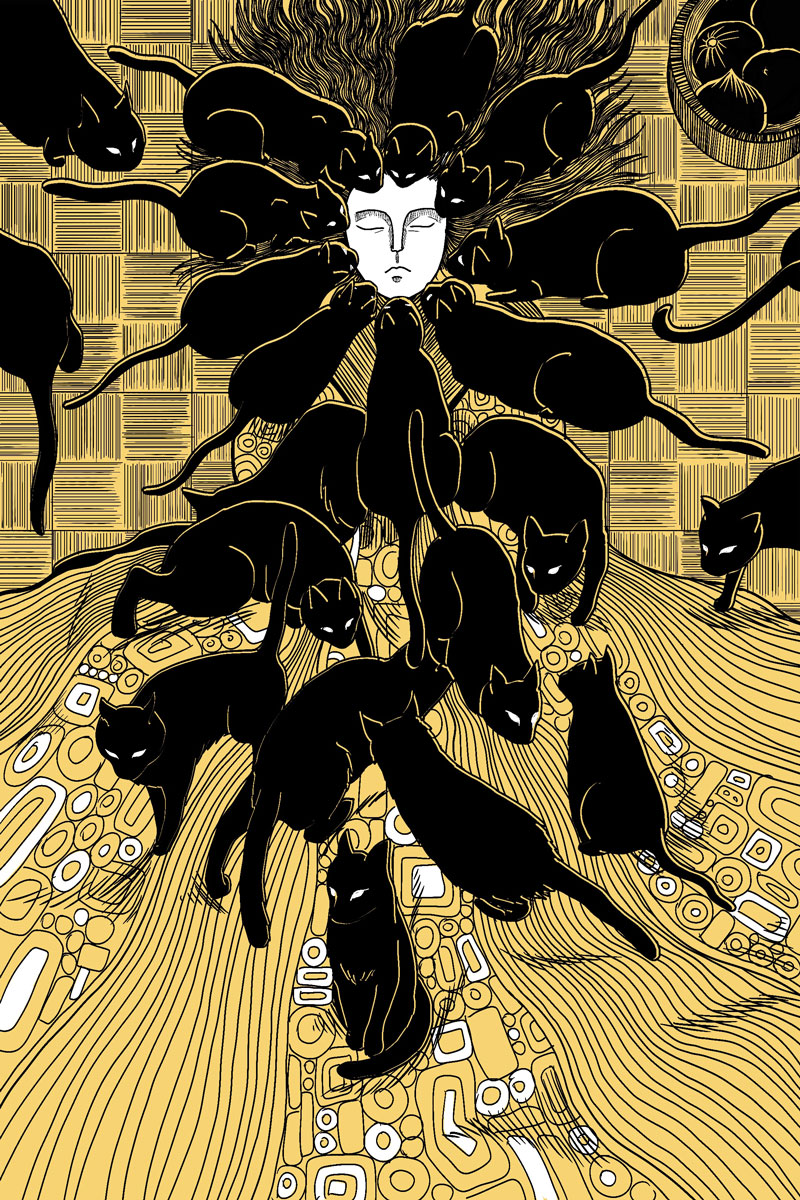
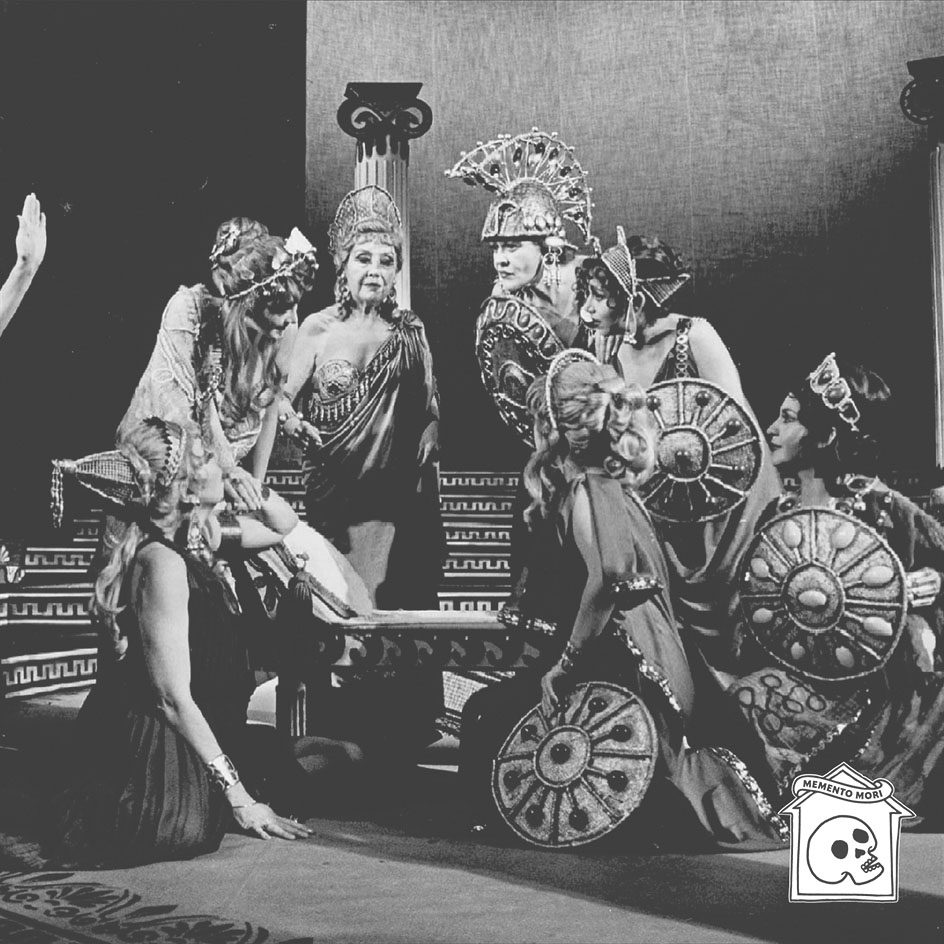
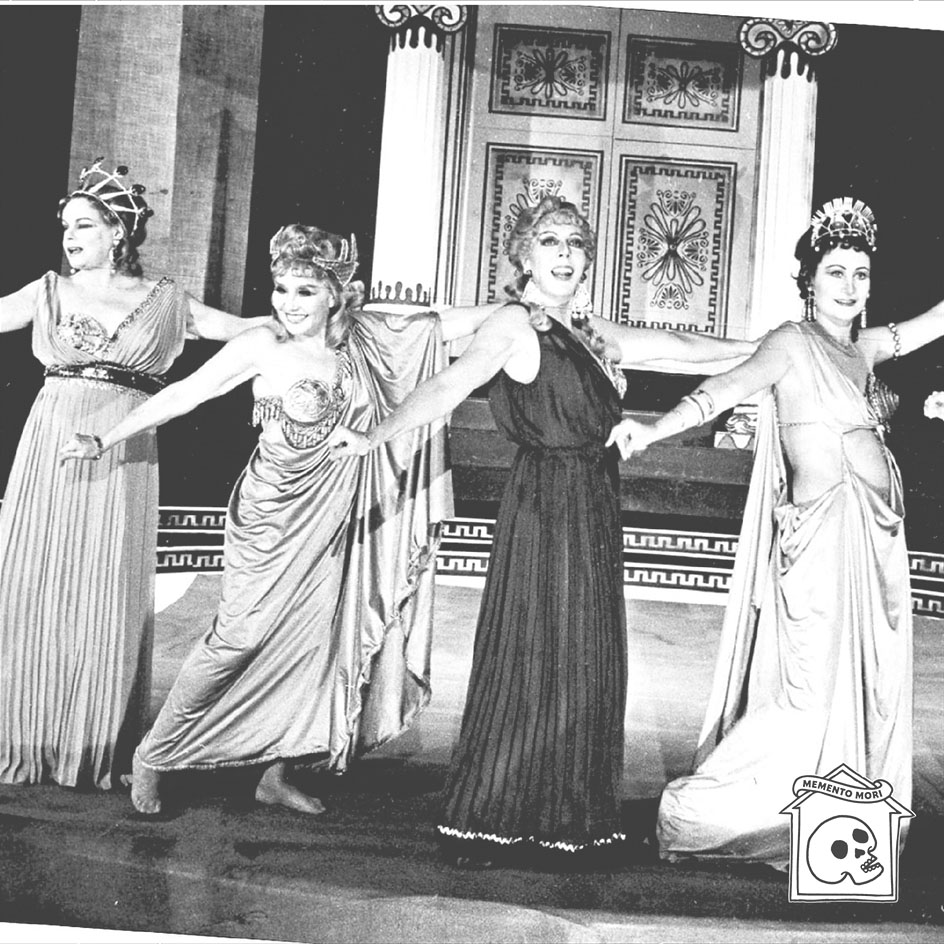
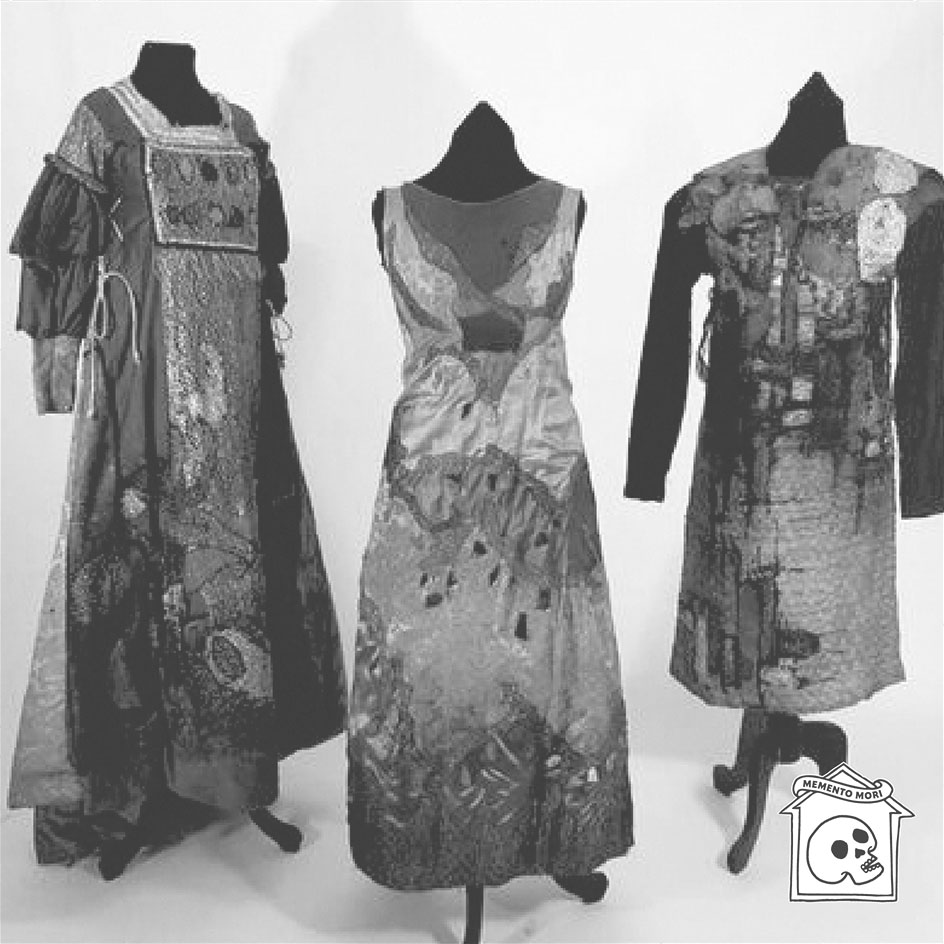
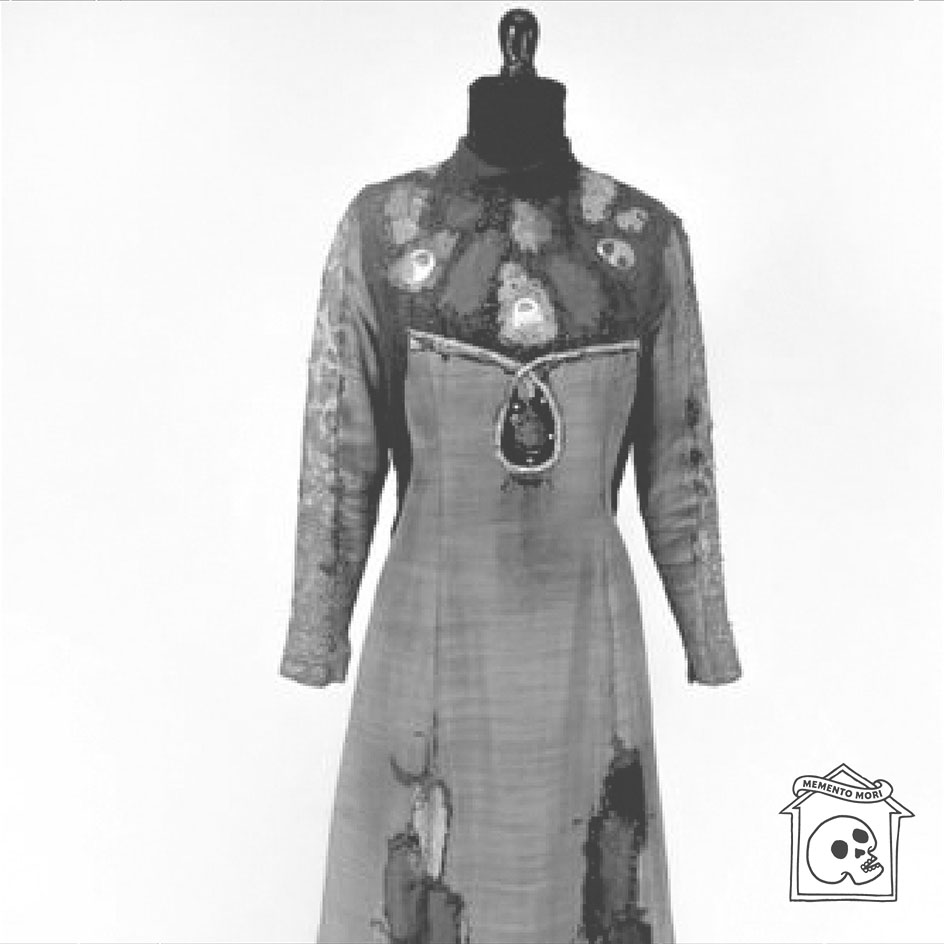



María Kluczynska was a Chilean-Peruvian stage designer. She studied at the School of Fine Arts of the Pontificia Universidad Católica de Chile and the School of Plastic Arts of the Universidad de Chile. She specialized in theatrical costumes and was a professor at the University of Chile for 26 years, acting as coordinator of the Undergraduate Degree in Theatrical Design for ten years, as well as professor of various courses.
She developed most of her career in the Teatro Nacional Chileno between the 70's and 80's, but started out at the Teatro de Ensayo de la Universidad Católica de Santiago as a designer in charge of the costumes -their design and production- for the plays " El Burlador de Sevilla", "La Anunciación a María", "La Loca de Chaillot" and "Pigmalión", among others.
Her style could be defined as baroque, although among the influences she mentioned was the postwar art of countries as damaged as Poland. Kluczynska commented, in an interview, that in the Warsaw Theater Museum she discovered various theatrical pieces created out of very basic materials and a powerful imagination, which, she said, was due to the poverty of post-World War II.
This influenced her to design and create her iconic costumes, in which she experimented with textiles, paints, organic and construction materials, thus achieving irreproducible and unique textures, colors and silhouettes. "I understood that each costume must be treated as a painting, with lights, shadows and reliefs".
María Kluczynska fue una diseñadora escénica chileno-peruana. Estudió en la Escuela de Bellas Artes de la Pontificia Universidad Católica de Chile y la Escuela de Artes Plásticas de la Universidad de Chile. Se especializó en vestuario teatral y fue docente de la Universidad de Chile durante 26 años, siendo coordinadora de la Licenciatura de Diseño Teatral durante diez años, además de profesora en distintas asignaturas.
Construyó gran parte de su carrera en el Teatro Nacional Chileno entre los años 70 y 80, pero sus inicios fueron en el Teatro de Ensayo de la Universidad Católica de Santiago como diseñadora a cargo, entre otros, del vestuario -diseño y realización- de las obras “El Burlador de Sevilla”, “La Anunciación a María”, “La Loca de Chaillot” y “Pigmalión”.
Su estilo se puede resumir como barroco, aunque entre los referentes al momento de crear, solía destacar el arte postguerra de países tan dañados como Polonia. Kluczynska comentó en una entrevista, que en el Museo del Teatro de Varsovia descubrió variadas piezas teatrales creadas a partir de materiales muy básicos y una gran imaginación, algo que, según ella, se debía a la pobreza después de la Segunda Guerra Mundial.
Fue esto lo que la influyó al momento de diseñar y realizar sus icónicos vestuarios, en los cuales experimentaba con textiles, pinturas, materiales orgánicos y de construcción; logrando texturas, colores y siluetas irreproducibles y únicas. “Comprendí que cada traje debe ser trabajado como un cuadro, con luces, sombras y relieves”.